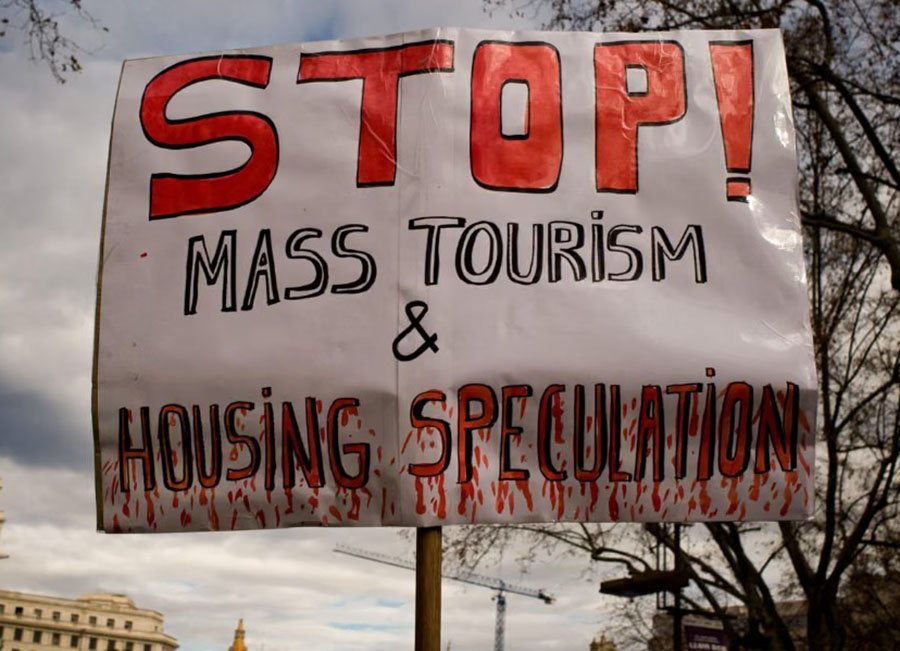Вusiness / Real Estate / Investments / News / Analytics / United Kingdom / Real Estate Britain 03.11.2025
London to Launch an Anti-Crisis Housing Construction Programme

Photo: Unsplash
The UK’s Ministry of Housing, Communities and Local Government has announced a large-scale package to revive construction in London. The programme includes tax incentives for developers, temporary regulatory easements, and expanded powers for City Hall, Bloomberg reports.
London’s construction market has slumped: the number of new projects has fallen to a multi-year low, while higher mortgage rates, rising costs, and stricter safety rules have rendered many sites uneconomic. Projects in London have become loss-making for most developers. With costs climbing and demand weakening, many schemes have been frozen and launches of new phases postponed.
The Home Builders Federation notes that completed homes declined by 12%. Starts have been so scarce that experts speak of a “crisis level.” Molior London analysts warn that by early 2027 only 15,000–20,000 homes could be under active construction in the capital—about a quarter of pre-crisis pace—unless conditions change dramatically. Developers are already reacting: many projects are being deferred and investment in new schemes is being reassessed, further hampering a recovery.
Savills experts forecast that, due to significant delays in approving high-rise schemes, the UK may deliver only ~840,000 homes by 2028–29—42% below target. Planning bottlenecks and rising costs reduce the investment appeal of housing and increase the risk of missing the government’s ambitions.
To address these challenges, the authorities will launch an anti-crisis programme. An Urban Development Investment Fund has been created under the Mayor of London with initial financing of £322 million (about $430 million). Developers will receive tax relief and temporary exemptions from certain charges, along with more flexible development rules. The package includes an adjustment to daylight/sunlight standards that had constrained the number of flats per site and driven up unit costs.
A key element is the expansion of the Mayor’s powers. Sadiq Khan will be able to call in and personally determine major schemes if borough councils intend to refuse them. The new rules will cover residential projects of 50+ homes and sites of over 1,000 sq m, including locations in the Green Belt around the capital. The referral process to City Hall will be simplified, which should cut roughly six months from approvals.
City Hall will also revise the affordable housing quota in new schemes. The temporary requirement will be reduced from 35% to 20% to restore scheme viability and unlock more starts. According to officials, the overall number of affordable homes should rise as more projects proceed. Antonia Jennings, head of the Centre for London, called the move unavoidable, noting: “Thirty-five percent of nothing is still nothing. When construction is stalled, no new social homes appear.”
Housing Minister Steve Reed said accelerating building in London is critical to delivering the government’s promises. He stressed that the capital must drive the bulk of growth in social and affordable homes. Mayor Sadiq Khan said action is needed without delay, describing the package—developed jointly with central government—as a “bold step to restore developers’ confidence and revive market activity.”











